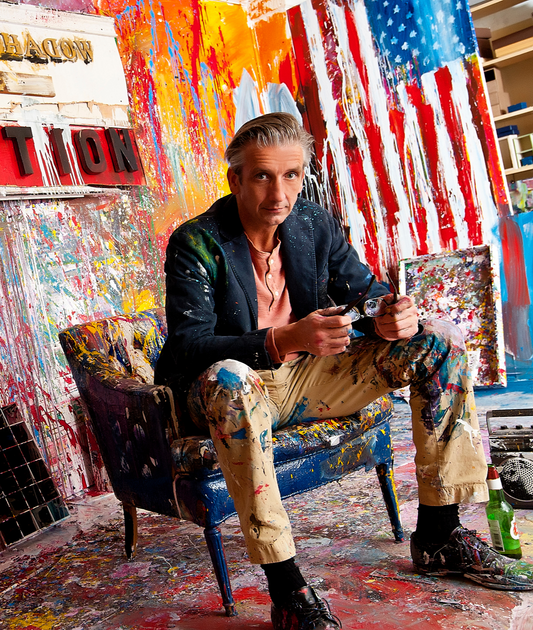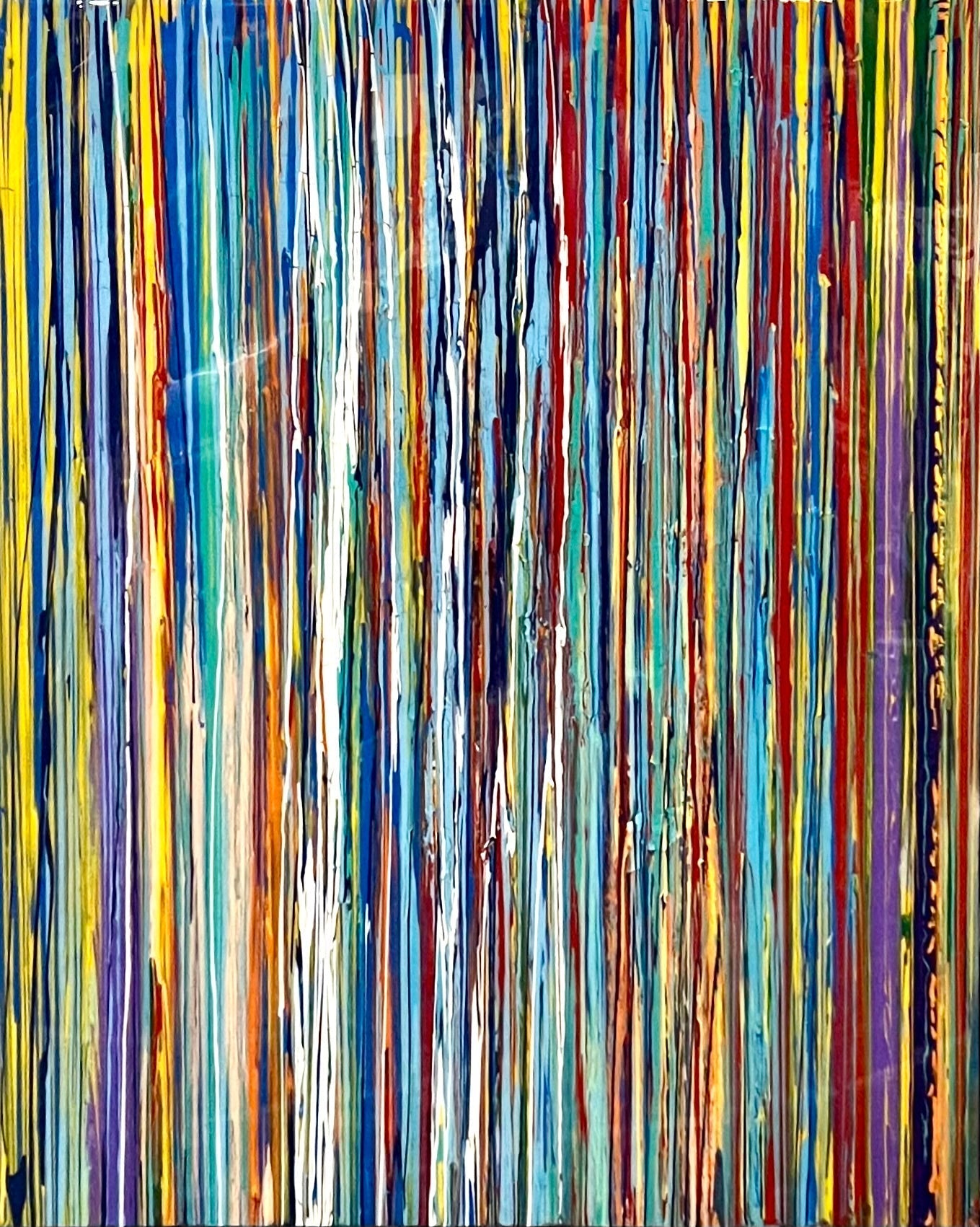In the dazzling world of modern art, few movements have defined the 20th century as powerfully as Pop Art and Abstract Expressionism. At first glance, they couldn’t be more different: one celebrates mass culture, the other dives deep into personal emotion!
But both reshaped how we view art—and continue to influence creators today, and is quite different than the classic pop art vs op art as well as pop art vs contemporary art debates, including contemporary American pop art artist Steve Penley.
Abstract Expressionism: Emotion on Canvas
Born in post-World War II America, Abstract Expressionism was less about subject matter and more about raw feeling. Artists like Jackson Pollock, Mark Rothko, and Willem de Kooning pioneered this style with bold brushwork, intense color fields, and spontaneous execution. The goal wasn’t to depict reality—it was to express the inner world.
Abstract Expressionism came with a kind of heroic seriousness. These artists saw themselves as philosophers with paintbrushes, searching for truth through abstraction. Viewers were invited to interpret emotion, tension, and vulnerability in the chaotic beauty of the canvas.
Pop Art: Culture as Canvas
By the 1950s and 60s, another wave hit the art world: Pop Art. Led by icons like Andy Warhol, Roy Lichtenstein, and Richard Hamilton, Pop Art brought commercial imagery—comic strips, soup cans, celebrities—into the gallery. It was witty, bold, ironic, and brashly colorful.
Where Abstract Expressionism was deeply personal, Pop Art was unapologetically cultural. It questioned what art could be by elevating the everyday. Pop artists weren’t painting their pain; they were painting products, media, and fame. And in doing so, they made a powerful statement about consumerism and identity.
Steve Penley: A Contemporary Pop Art Realist with Shades of Abstract Expressionism
Enter Steve Penley, a modern artist whose work blends Pop Art’s vibrant palette with a uniquely American perspective. Best known for his explosive portraits of U.S. presidents, historical figures, and patriotic themes, Penley channels the energy and accessibility of Pop Art, but with a reverence for national identity.
Penley’s bold brushwork and vivid colors echo the spontaneity of Abstract Expressionism, yet his subject matter—icons like George Washington and Abraham Lincoln—grounds his work in recognizable form. It’s a fusion of movements: emotional intensity meets cultural commentary.
Pop Art vs Abstract Expressionism: Which One Speaks to You in 2025?
Pop Art and Abstract Expressionism represent two powerful poles in the art world. One invites you to feel, the other to think. One looks inward, the other outward. Artists like Steve Penley prove that the lines between these styles can blur, creating something uniquely modern and impactful.
Whether you’re drawn to the meditative stillness of Rothko or the electric pop of Warhol—or the patriotic punch of Penley—both Pop Art and Abstract Expressionism movements have changed how we define art in the past, in 2025, and also in the future.

